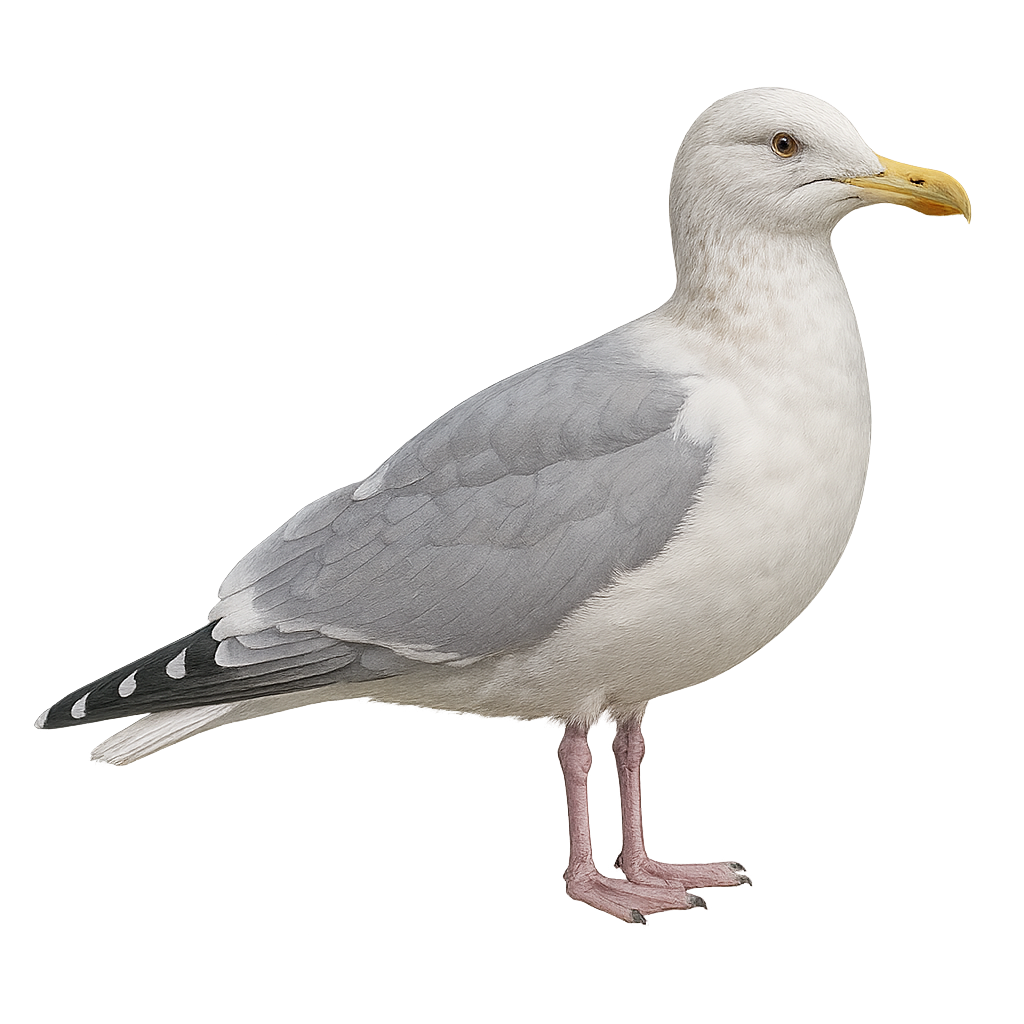Your wildlife photography guide.
Explore the thayer's gull in detail, study its behavior, prepare your shots.
Where to observe and photograph the thayer's gull in the wild
Learn where and when to spot the thayer's gull in the wild, how to identify the species based on distinctive features, and what natural environments it inhabits. The WildlifePhotographer app offers tailored photography tips that reflect the thayer's gull’s behavior, helping you capture better wildlife images. Explore the full species profile for key information including description, habitat, active periods, and approach techniques.
Thayer's Gull
Scientific name: Larus thayeri

IUCN Status: Least Concern
Family: LARIDAE
Group: Birds
Sensitivity to human approach: Suspicious
Minimum approach distance: 10 m
Courtship display: May to June
Incubation: 24-27 jours
Hatchings: June to July
Habitat:
Rocky coasts, islands, cliffs
Activity period :
Primarily active during the day, with peak activity in the morning and late afternoon.
Identification and description:
The Thayer's Gull, Larus thayeri, is a medium-sized seabird belonging to the Laridae family. It is characterized by its pale gray plumage on the back and wings, contrasting with a white belly. Its bill is yellow with a red spot on the lower mandible, and it has pink legs. Found mainly in the Arctic and subarctic regions of North America, particularly in Canada and Alaska, it nests on coastal cliffs and islands. As a migratory bird, it winters along the Pacific coast from southern Alaska to California. An opportunistic feeder, it consumes fish, invertebrates, and human waste. Although often confused with other gull species, it is recognized for its graceful flight and distinctive calls.
Recommended lens:
400 mm – adjust based on distance, desired framing (portrait or habitat), and approach conditions.
Photography tips:
To photograph the Thayer's Gull, choose early mornings or late afternoons for soft lighting. Use a 400mm or longer telephoto lens to capture precise details without disturbing the bird. Look for places where they gather, such as rocky coasts or islands. Be patient and wait for them to be in flight for dynamic shots. Consider including environmental elements to provide context to your photos.
The WildlifePhotographer App is coming soon!
Be the first to explore the best nature spots, track rutting seasons, log your observations, and observe more wildlife.
Already 1 431 wildlife lovers subscribed worldwide

